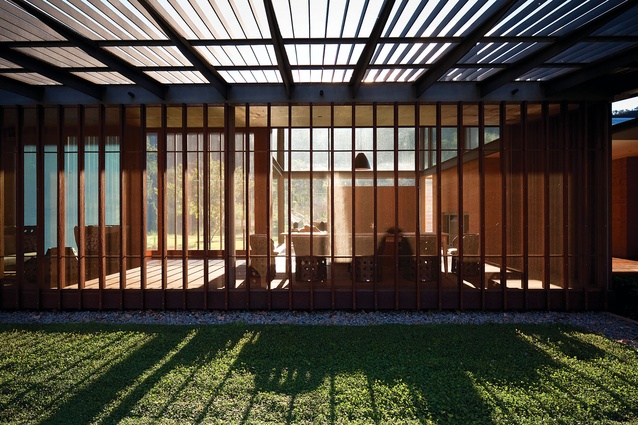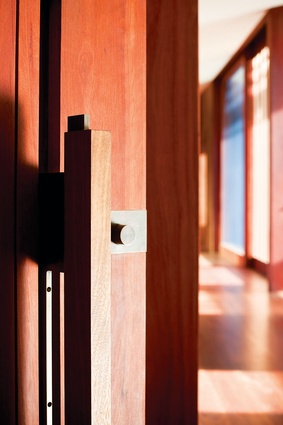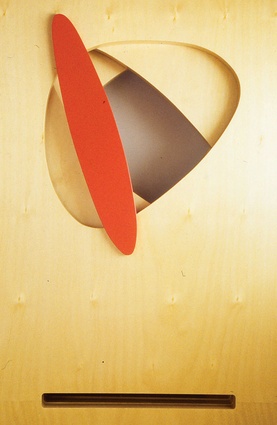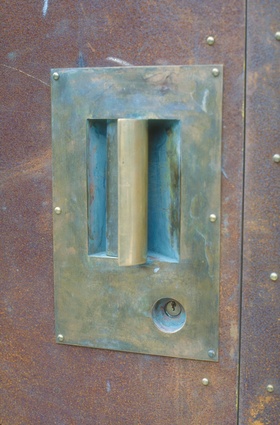Past occupation
Architect Virginia Kerridge says the key to detailing is its relation to human scale.
The essence of the magic and mystery of any great piece of design lies in the attention to the detail of human scale, just as the thoughtfulness and knowledge of the creator is evident in the smallest detail. This is evident when visiting some of the works of architectural masters such as Carlo Scarpa, which is an enriching experience. The Castelvecchio Museum in Verona, which was renovated by Scarpa between 1959 and 1973, is an extraordinarily sensitive restoration of the original building where the new additions enhance the old. The art objects of the museum are decontextualized and placed on floating platforms to separate them from the rest of the building. What is it that elevates something from the mundane to the sublime? It is normally work of the most intuitive nature, where the detail seems to be a perfect fit to the site.

I have a particular fascination with materials that have a textural or painterly quality that can add another layer to the sensory experience. This experience is heightened by the material’s association with the site, or perhaps memory of past occupations. For instance, in a warehouse project in inner Sydney, we constructed balustrades from coach rails that had been left on site, and walls were constructed of recycled bricks. We took a similar approach to another warehouse project in the inner west of Sydney, where layers were stripped off the building to reveal the original construction. Details such as door handles are often made in a shape that fits the hand or feels good to touch. The handle in the adjacent photograph was made for a warehouse renovation in Darlinghurst, Sydney, and the design of the handle mimics the shape of the hand. These are everyday items that can add a heightened experience to daily life.
Sitting between sculptural mountain ranges, House in Country NSW also explores texture at different levels – from the stratification of the rammed earth and stone walls to the smooth surface of the internal ironbark boards, and forms of broken slate and stone in the landscaped areas – all of which are related to their surroundings, reflecting the rich red of the earth in the landscape and the ironbarks in the area. The approach to detail on this project takes cues from traditional Japanese architecture in the care and consideration of every detail. One such example is the Katsura Imperial Villa, built in Kyoto in the seventeenth century. Both the inside and the outside spaces of the villa provide a journey that exemplifies the devotion to, and admiration for, the experience of nature and the consideration of every detail. What Japanese architecture tends to excel at is evoking a great respect for nature and external spaces. In doing so, it gives a sense of calm and repose.
One of the enjoyable aspects of each new design I create is that it can explore different aspects of detail as it evolves over time. In this process, the detail reveals the core element of the design, as the detail reflects the whole.
Virginia Kerridge established her practice in 1995, specializing in residential and commercial design, with a focus on adaptive reuse.













